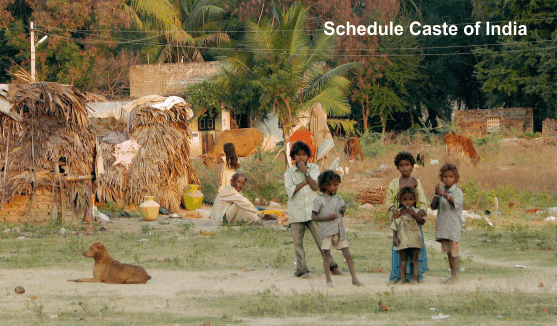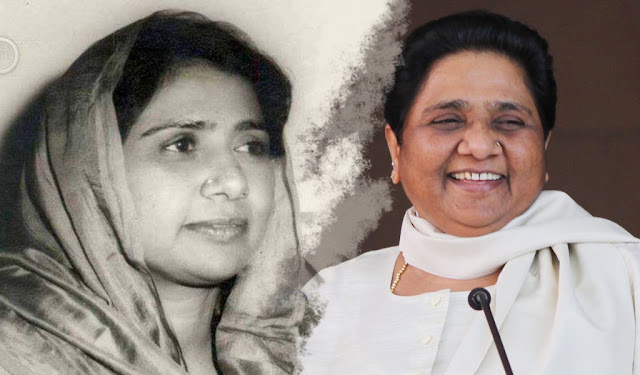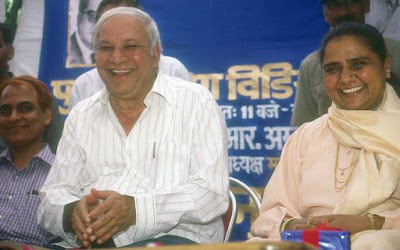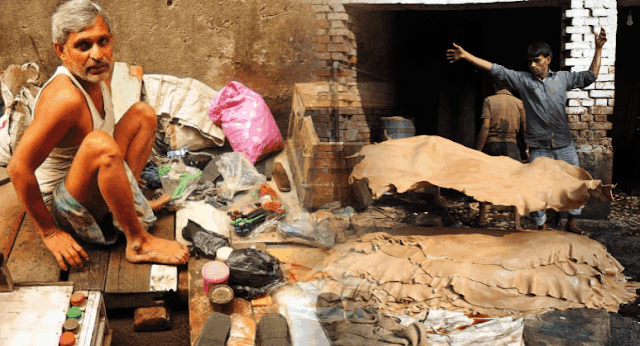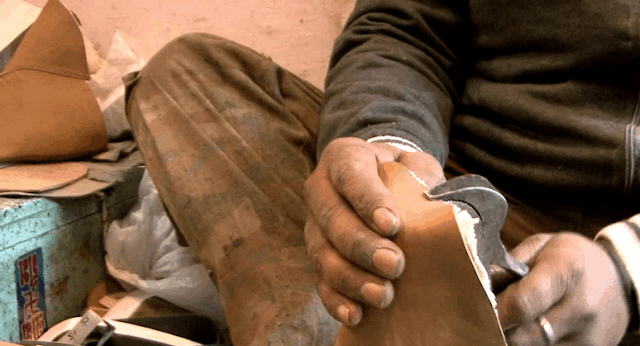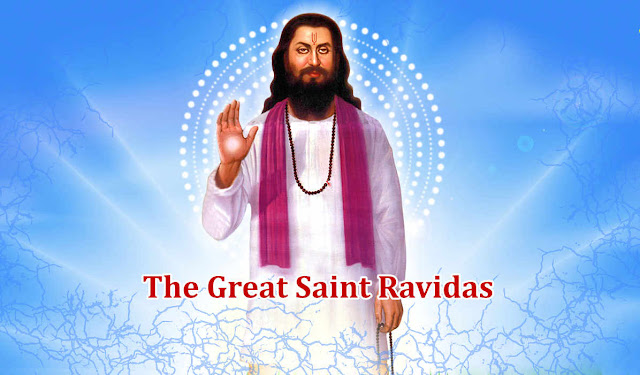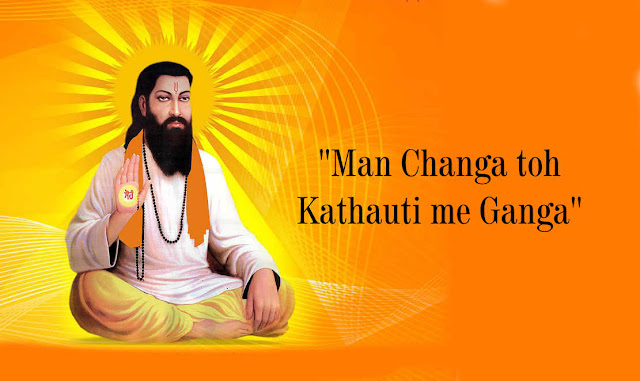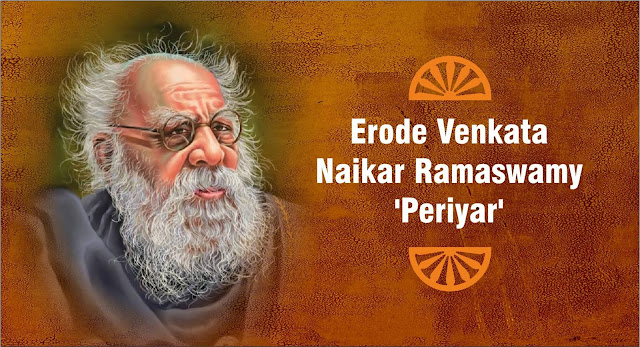Individuals from Scheduled Castes (SCs) known as Dalits are socially barred in India, confronting separation based on their situation at the simple base of the Indian caste framework. Thus, Dalits end up prohibited from numerous parts of everyday life including wellbeing administrations, financial matters, and instructive foundations. "Scheduled Castes" signifies such castes, races or clans or parts of or bunches inside such castes, races or clans as are regarded under article 341 to be Scheduled Castes for the motivations behind this Constitution. Scheduled Castes are social, financially, politically, religiously, and socially mistreated. The scheduled castes are across the board all over India and establish 16.73 percent of the nation's aggregate populace with 106.23 million out of 1991 evaluation, despite the fact that this rate is higher if Dalits who have changed over to different religions, for example, Christianity or Islam, are incorporated. Uttar Pradesh represents the most astounding number of scheduled castes with 22.3% of the SC populace of India, trailed by West Bengal (11.4%), Bihar (9.6%), Tamil Nadu (8.5%), Andhra Pradesh (7.6%) and Madhya Pradesh (7.0%). These six states expressed above, establish 66.4% of the SC populace in India. Almost 84% of the SC populace live in the provincial territory and keep up their job through rural exercises like sharecropping, tenure, and so forth.
Educational Prejudice
Children from Schedule Caste confront segregation in schools, regularly because of higher caste instructors and understudies. Segregation incorporates being compelled to sit independently from other kids, being made to clean toilets and not being given textbooks and garbs.
Kids from Schedule Caste infrequently advance past the essential dimension. This is reflected in the hole in education among SCs and whatever is left of the populace – just 66.1% of those having a place with SCs can peruse and compose contrasted and the national normal of 73%. Eventually, this prompts bring down work risks and long-haul salary destitution
Social partiality
Scheduled Castes otherwise called Dalits – were outside of the Indian Hindu caste framework, esteemed "unapproachable" by the higher castes. Their distance status implied that higher caste gatherings would not contact, address or connect with Dalits, bringing about their rejection from network life.
In spite of the fact that the caste framework was authoritatively canceled in 1949, Dalits are still looked down on and victimized in Indian culture because of instilled social standards.
Economic partiality
An individual's activity was controlled by their situation in the Hindu caste framework. Customary Dalit employments incorporate road cleaning and expelling can squander, also called manual searching.
Today, many Schedule Caste individuals still end up caught in these caste-based occupations and face segregation while applying for different employments. They likewise will, in general, get bring down wages.
Health preference
Under 5 mortality for Schedule Caste is significantly over the national normal – 88 out of 1000 kids from SC bunches bite the dust before their fifth birthday celebration, though the national normal is 74 out of 1000. This is expected, to some extent, to the way that wellbeing laborers are as a rule from higher castes and regularly deny Dalits treatment or decline to contact them. On the off chance that treatment is given, the nature of consideration is regularly poor and inadmissible mentalities are habitually experienced.
Different types of exclusion
Dalits or Schedule caste who have a place with other socially avoided gatherings confront more noteworthy difficulties as they need to manage various types of social prohibition. For instance, a Muslim Dalit may confront twofold segregation dependent on both their caste and their religion.
Privileges of Schedule Caste
The situation of schedule caste and schedule clan is dependably a question mark for the general public .being a creating nation we are stating that we are giving an equivalent status to them as contrasted and another caste yet in all actuality, it isn't this way. In present-day time additionally, they are confronting issue however we can say that the degree of enduringness is less when contrasted with past time. For enhancing their conditions government are making different strides like explicit laws are being made for them, commissions were made just for their advancement and by methods for reservation likewise, the legislature is endeavoring to enhance their condition.
In particular, Our Constitution ensures equity and correspondence of chance to every one of its nationals. It likewise perceives that equivalent open door suggests an opposition among equivalents, and not 'un-measures up to'. Perceiving the imbalance in our social structure, the producers of the Constitution contended that more fragile areas must be managed on a special balance by the state. An extraordinary obligation was, along these lines, set upon the state to give security to the more fragile segments of society.
With the inheritance of Dr. B R Ambedkar, the Indian constitution ensured to all residents the essential rights and equivalent security under the steady gaze of the law. It gives various shields to Scheduled Castes to guarantee their inside and out advancement and assurance against a wide range of the segregations in India. In any case, the vast majority of the arrangements of the constitution have stayed just on paper on the grounds that their execution has been broken, apathetic and deficient and disparity, segregation, avoidance, and vilification can mutually add to the articulate underestimation in India. They represent 2 percent of Tamilnadu's populace, and the Socio-monetary and Caste Census has now discovered that Dalits families in rustic Tamil Nadu contact 25.55 percent. Be that as it may, Dalits in the state keep on being an accepting end; and there is by all accounts no in abominations against them. "Generally, the political talk in Tamil Nadu rotated around the Brahmins versus non-Brahmins question. Presently, it has moved toward becoming Dalits versus non-Dalits.
As needs are, the Constitution accommodated defensive separation under different articles to quicken the way toward building a libertarian social request In the examination paper I just clarified the state of schedule caste and schedule clan and what are arrangements accessible to them under the constitution of India. These arrangements are much the same as some assistance for them to enhance their condition. At the point when every one of the areas of individuals grew then just our nation will turn into a created nation.
Worldwide law on Human Rights:
- Article 1,2 of Universal Declaration of Human Rights (UDHR) and ARTICLE 3, 5,6 of International Covenant on Economic, Social and Cultural Rights (ICESCR) accommodate uniformity and rights for all. The state ought to give the delight in all financial, social and social rights.
- Article 23 UDHR and Article 7 ICESCR: Equality in business and preclusion of separation in pay and working condition.
- Article 25 and 26 UDHR state ought to accommodate the fundamental need of all.
- Article 11(2): Protection in regard to a conviction for offenses.
- Article 18 opportunity of the inner voice and free calling, practice, and proliferation of religion.
- Article 22 assurance of interests of minorities.
- Article 8 Right to Right
- Article 10 ICESCR give a privilege to wed and discovered family by one's own assent.
Indian Law:
- Beyond these arrangements in the Constitution of India some uncommon arrangements is made for the Scheduled Castes. Article 17 has canceled to the act of distance. Article 330 and332 gave accommodated the reservation of seats to arrangements, Article 338 has made arrangement for the exceptional officer to research all issues identifying with the protections for the Scheduled Castes and Article 46 identifies with unique consideration about the instructive and financial enthusiasm of the Scheduled Castes.10
- National Commission for Scheduled Castes and Scheduled Tribes: Article 338 of the constitution requires constitution of the National Commission for Scheduled Castes and Scheduled Tribes for better insurance of the privileges of the individuals from the Scheduled Castes and Scheduled Tribes.
- Caste Disabilities Removal Act 1950: The Act gives that when in a common suit the gatherings have a place with various influences, the laws of the religions of the gatherings will not be allowed to work to deny such gatherings of any such gatherings of any property however for the task of such laws, they would have been entitled.
- Protection of Civil Rights Act 1955: By this Act, implementation of any inability emerging out of distance has been made an offense culpable as per the significant arrangements.
- The Bonded Labor System (Abolition)Act, 1976
- Scheduled Castes and Scheduled Tribes (Prevention of Atrocities) Act 1989: An Act to keep the Commission of barbarities against individuals from the Scheduled Castes and the Scheduled Tribes for Constitution of extraordinary courts for preliminary of such offenses, and to give alleviation and restoration to the people in question.
- Protection of Human Rights Act 1993: The Act accommodates the Constitution of a National Human Rights Commission, State Human Rights Commission, and Human Rights Courts for the better assurance of Human Rights.
Clarification:
The above arrangements of International Bill of Rights and Indian Constitution guarantee that Scheduled Castes and Scheduled Tribes be dealt with similarly and not be segregated. It guarantees that the state accommodates measures to enhance Socio-Economic states of SC/ST with the goal that they accomplish a base way of life. The state is to secure Social, Economic and Cultural privileges of them.
------------------------------------------------------------------------
Tags : Scheduled Caste List, Scheduled Caste Surname, Dalits, Scheduled Caste Meaning, Scheduled Caste in India, Scheduled caste defination.

